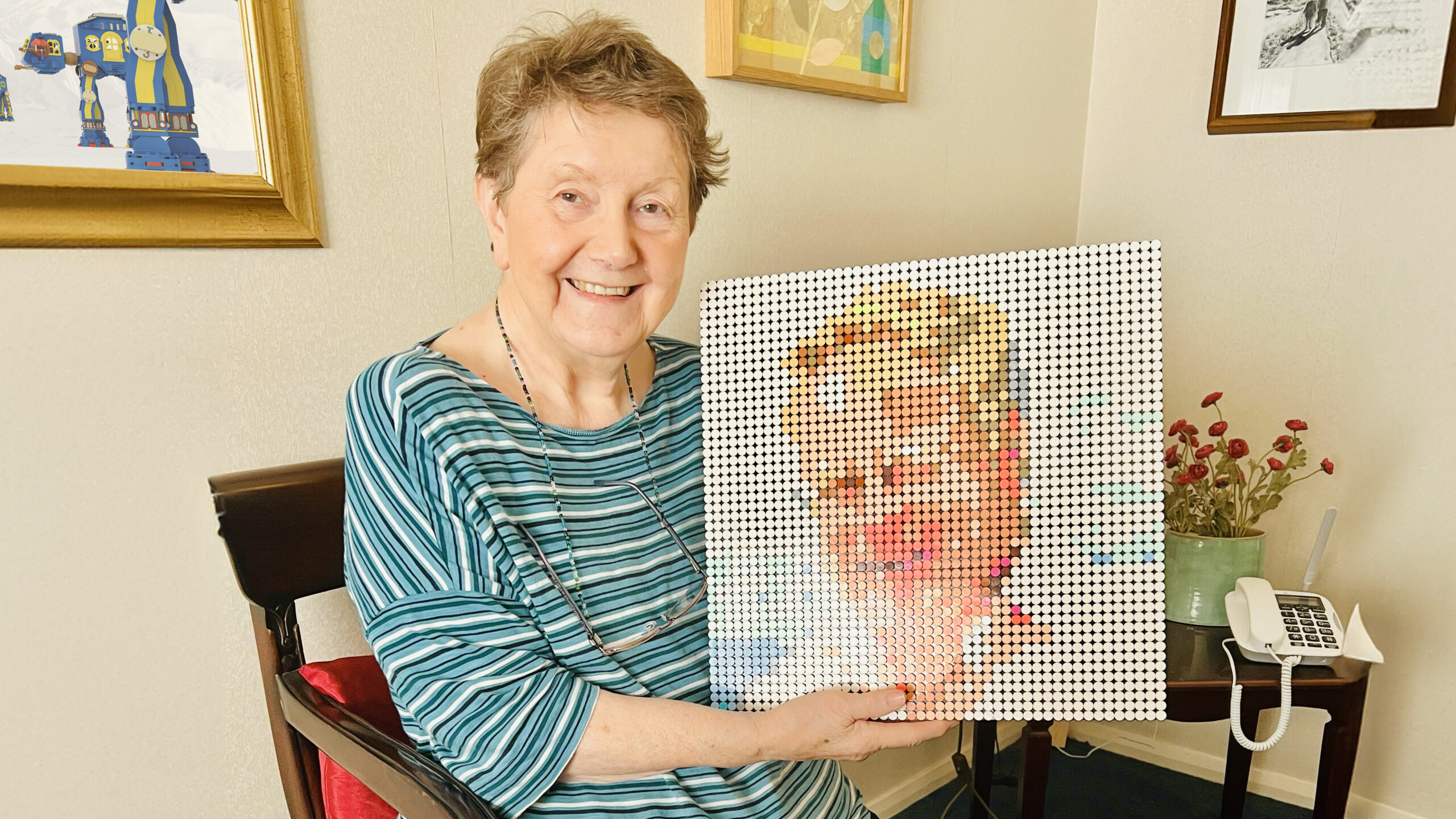Looking back at all my different Lego mosaics, I offer insights into the design process and provide full instructions for a variety of budgets. These digital and physical artworks have been used as open-education resources (OERs) for both personal and professional projects.
N.B. This blog post is a Creative Commons (CC BY-SA) open-licensed resource, so please share, reuse and remix freely with attribution (licence details at end of the article).
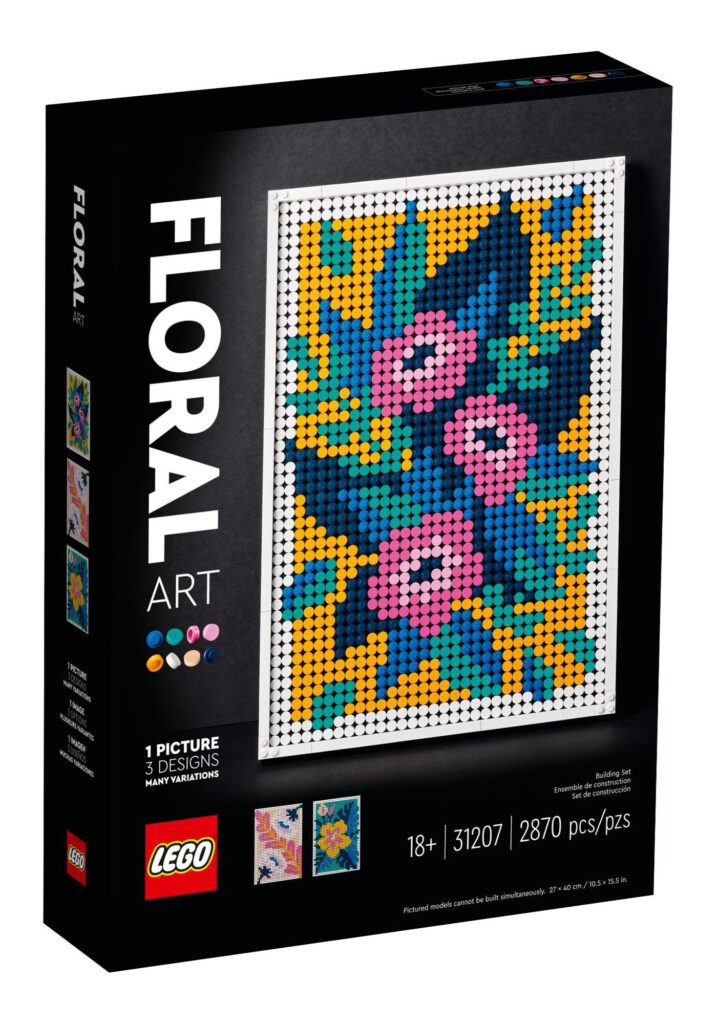
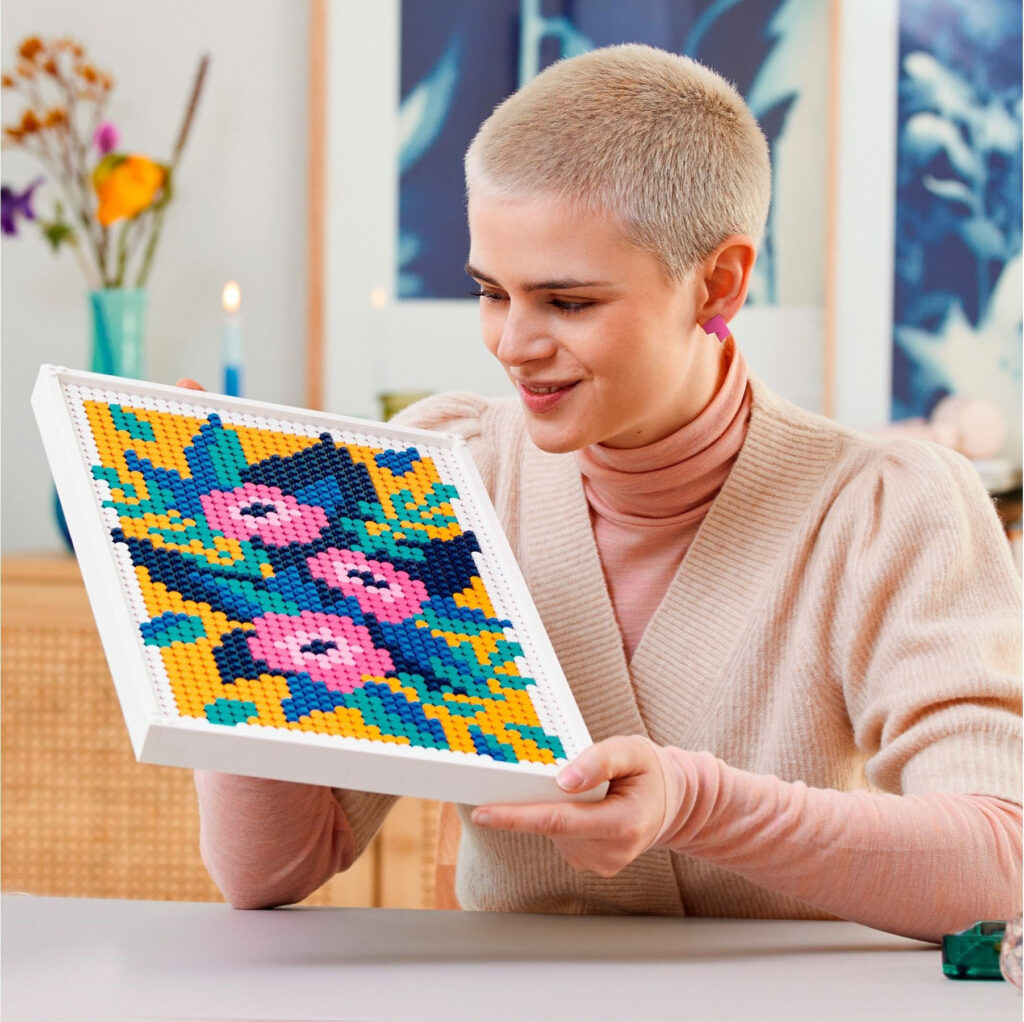
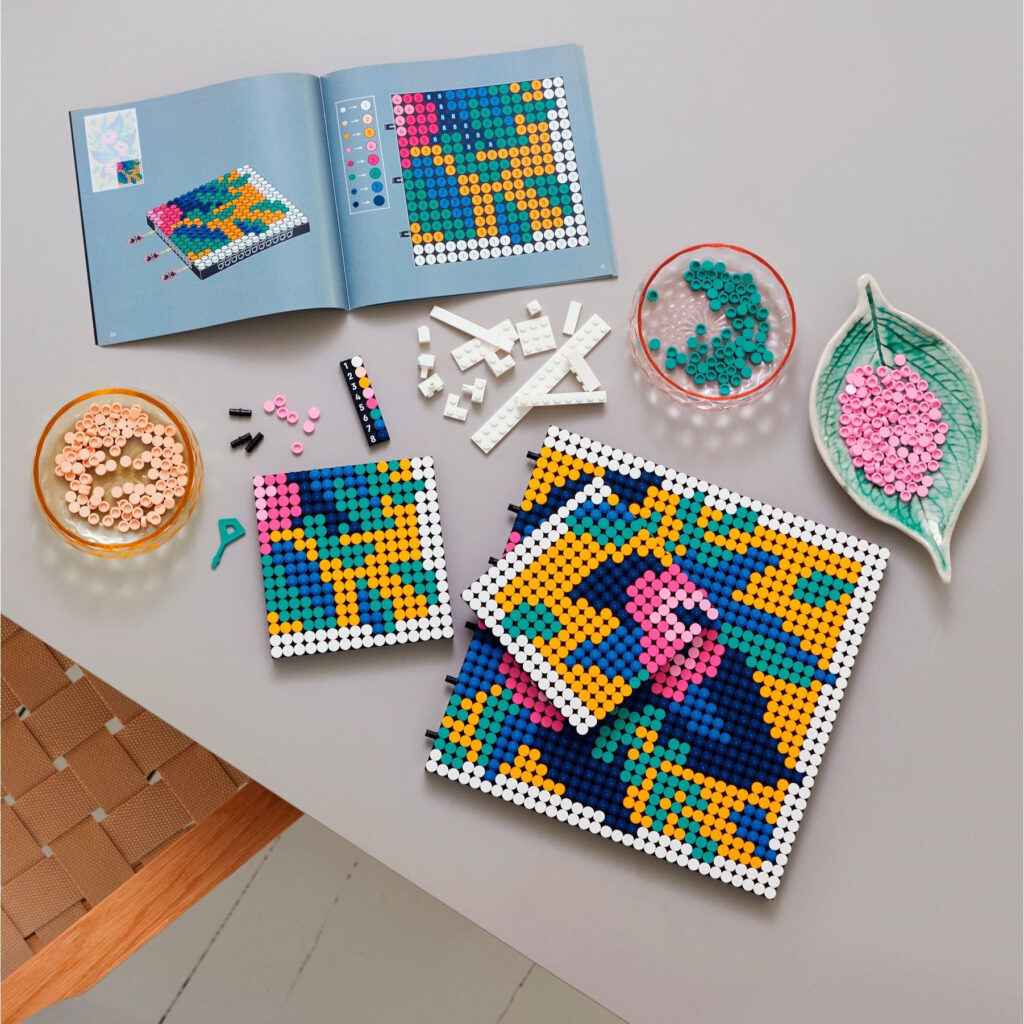
Step-by-step instructions
The fundamentals of creating a Lego mosaic are all quite similar.
- Pick a photo.
- Select an existing image you wish to use with an online mosaic tool.
- Edit and crop.
- Simple and bold images will deliver more successful results. So crop family portraits to a well framed head shot. Use ‘auto contrast’ features so your image has well defined dark and light segments.
- Most mosaic tools prefer a square image, so crop portrait and landscape photos.
- Upload your image to an online tool.
- Choose your conversion preferences.
- Number of colours.
- Physical dimensions.
- Lego elements (knobbly plates or smooth tiles).
- Element shape (round or square).
- Convert your image into a Lego mosaic.
- Create a parts list.
- Export a parts list (XML) you can use with online resellers such as BrickLink or BrickOwl.
- Buy your bricks.
- Choose a frame or canvas. I’d strongly recommend you repurpose frames from official sets. This will make your life so much simpler.
- Lego Art sets all share a very common structure. Multiple 16×16 Technic bricks (65803) all interlocked and decorated with flat tiles for a professional looking finish.
- All 18 Lego Art sets (2020-2024)
- I’d suggest looking at the free instructions for sets like ‘Floral Art’ (31207) and Disney’s Mickey Mouse (31202) that all share a common solution for 32×48 and 48×48 stud mosaics.
- Check online retailers like Argos and Amazon for Lego Art sets on sale. It’s possible that buying an existing official set is a cheaper option than buying all the parts from third-party resellers.
- Lego Art sets all share a very common structure. Multiple 16×16 Technic bricks (65803) all interlocked and decorated with flat tiles for a professional looking finish.
- Build your mosaic.
- Gift your artwork to a friend or loved one!
Online tools
There are three mosaic tools I’ll heartily recommend, each of them a little different in terms of final results, but all are free and simple to use. If you would like to share any others please leave a comment, or get in touch.
Test image

I have used my Apple Memoji avatar to consistently demonstrate the different results created by each of the following tools.
Option A – ‘Mosaic Maker’
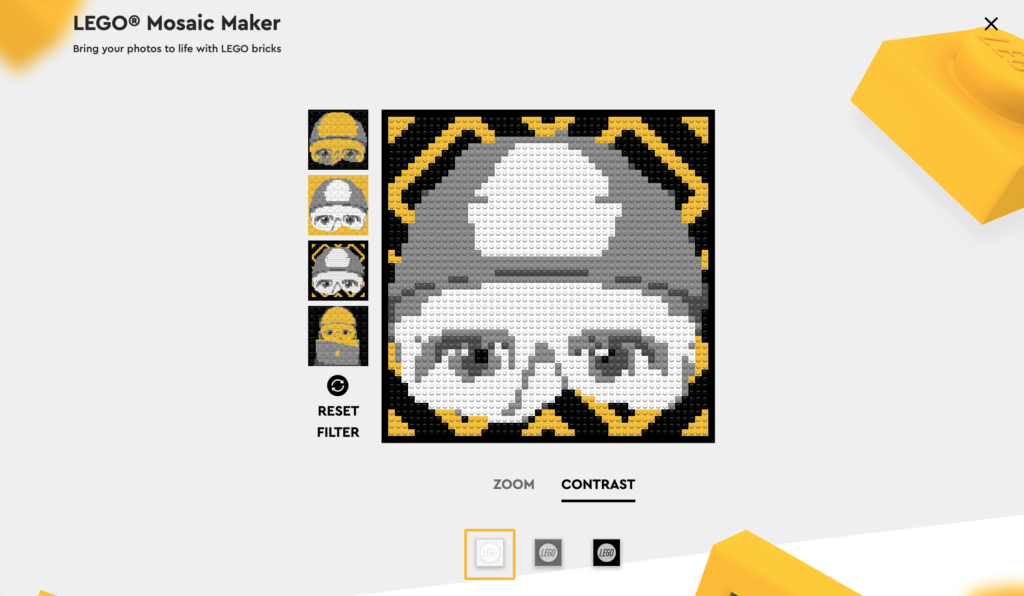
This is a free official Lego tool that allows you to upload a photograph and create a mosaic in seconds. They have a long list of prohibitive content (i.e. “No trademarks or copyright material may be used”), but perhaps the biggest downside is it’s monochromatic with a palette containing only greys and yellow.
You can download a bitmap image (.png 1440×1440 px) for free, or buy a generic retail box called Mosaic Maker (40179) for £69.99 containing:
- One 48×48 grey LEGO baseplate
- 4,500 1×1 Lego plates in five colours (900 of each colour)
- Yellow, white, light grey, dark grey and black
N.B. The large baseplate they provide is a very quick solution for mosaic making, but it’s not easy to hang on the wall. The Technic bricks (65803) frame mentioned in the step-by-step instructions is what I would recommend for wall hangings.
Option B – ‘Lego Art Remix’
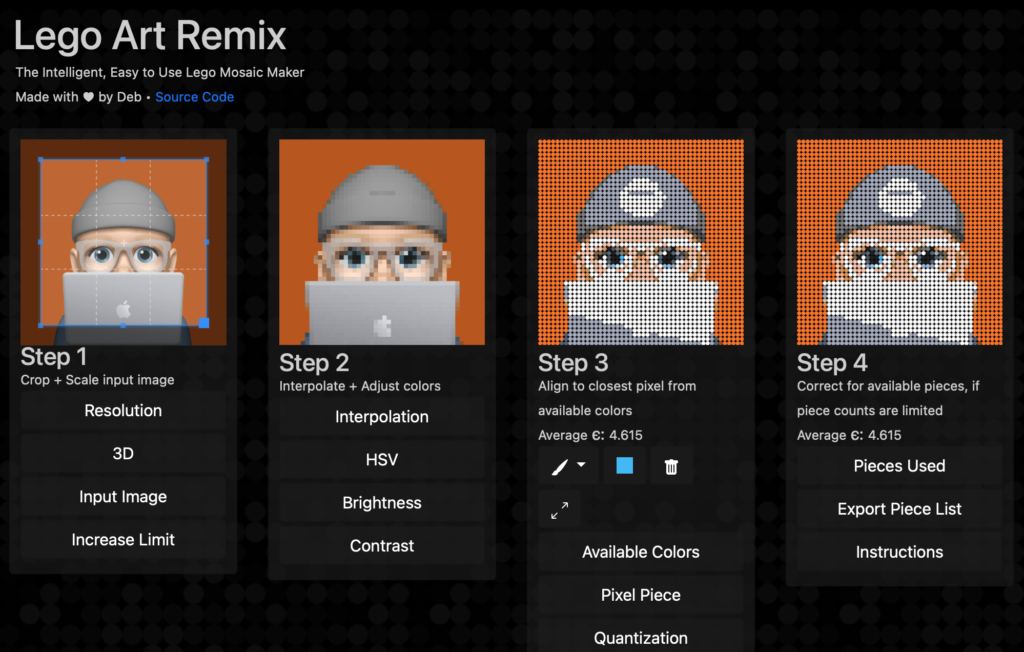
A more advanced tool is the Lego Art Remix project by Deb Banerji. Instead of just five colours it allows you to use all the colours in which 1×1 round tiles or plates are available.
Furthermore you can remix official sets like Andy Warhol’s Marilyn Monroe (31197) or The Beatles (31198) and create a brand new image with the exact same parts included within the box.
This is my preferred tool, but it does require you to use online sellers like BrickLink to source all your materials. If you want to play it safe, perhaps buy Mosaic Maker (40179) and use the official Lego tool to create your first mosaic.
Option C – ‘BrickLink Studio’
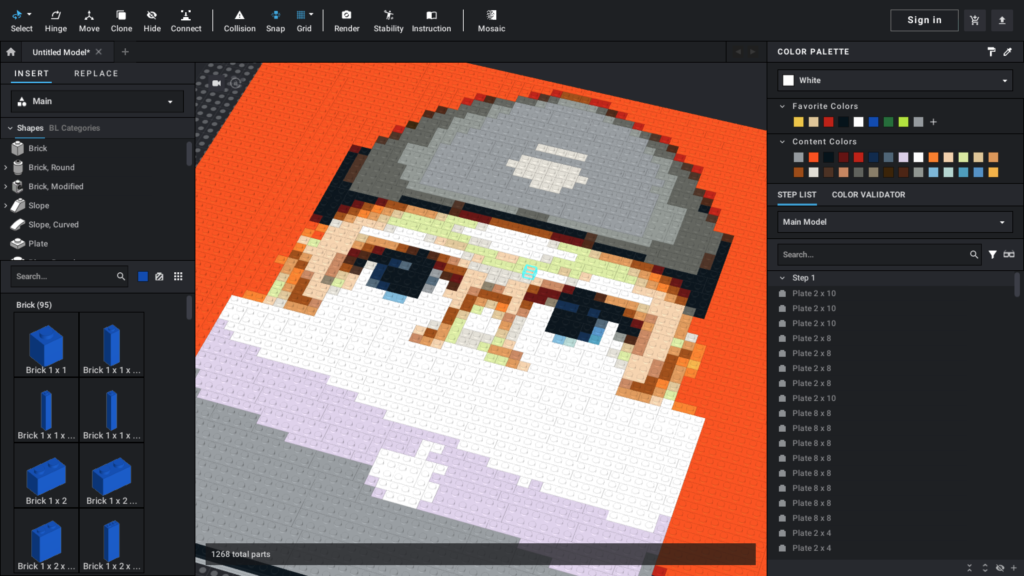
My final recommendation is BrickLink Studio, the official Lego digital building software. It is free to download on both Mac or Windows, and includes a built-in mosaic feature.
The first two options are browser-based and therefore very quick to experiment with. Studio is quite a complex piece of software that has many features, mosaic is just one very small part of it.
How to create a mosaic within Studio
Buying bricks
You can buy bricks direct from the official Lego website using their ‘Pick a Brick’ service. It can take up to 28 business days for delivery from Denmark and there is a £5.50 service fee for orders below £11.
Alternatively, you can visit a physical Lego retail store and use their ‘Pick & Build Wall’ to buy some bricks to take home the same day.
The cheapest is option is definitely BrickLink. They are the leading marketplace for genuine Lego products and have an extensive catalogue of every element you can imagine. These resellers also sell used parts that are considerably more affordable and sustainable.
STEM heroines
Dagny Holm
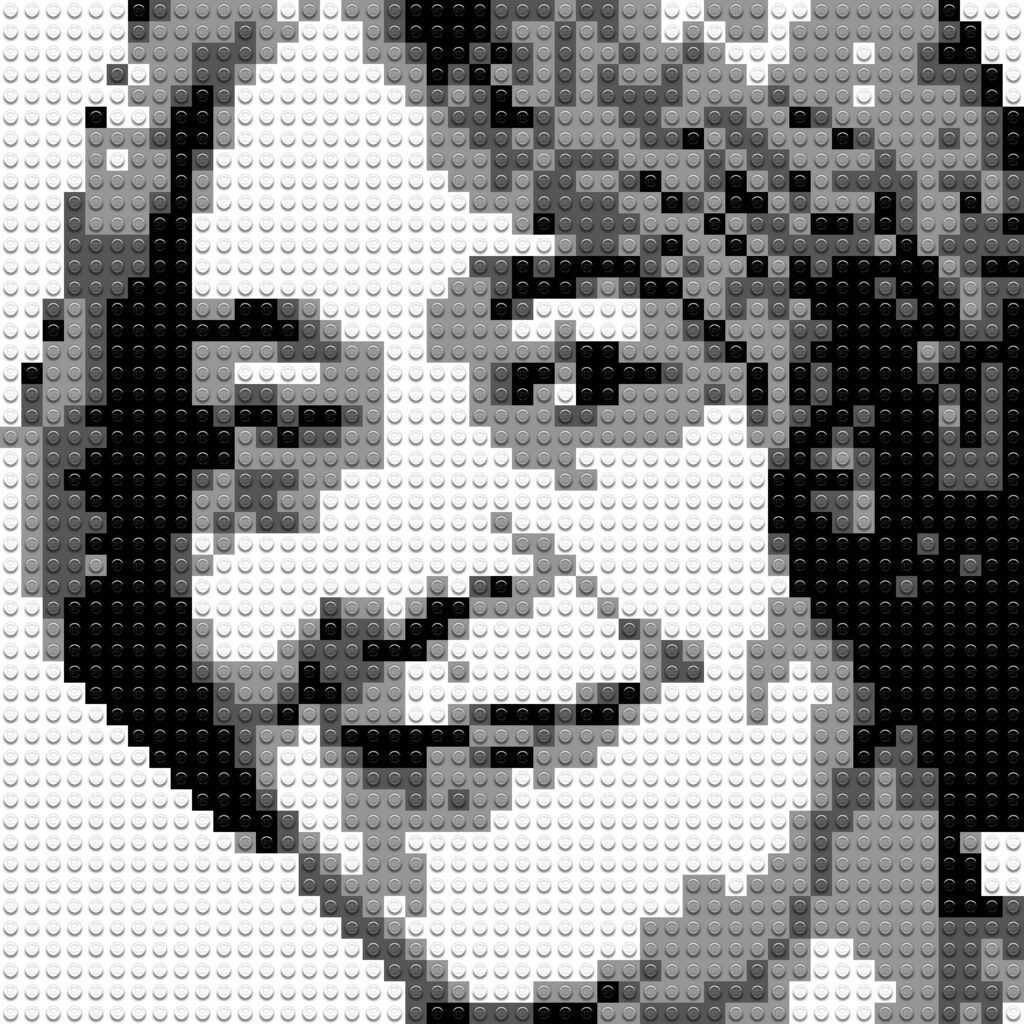
Did you know only 19% of biographies on Wikipedia are about women? To celebrate International Women’s Day in 2022 I created a new Wikipedia article for one of my personal STEM heroines Dagny Holm, the very first Master Builder in the Lego Group.
To improve discoverability of the article I also wanted to include a key image of Holm. However, Wikipedia doesn’t allow you to upload any images with copyright or licensing restrictions. And the Lego Group hasn’t open-licenced any photographs of Dagny to the best of my knowledge.
My solution was to create and upload a Lego mosaic portrait from my Flickr account. This image has a Creative Commons Attribution-ShareAlike (CC BY-SA) licence applied to it and will hopefully be used by others for similar educational endeavours.
Runner-up Winner! (2022 Dagny Holm blog post)
Timelapse video
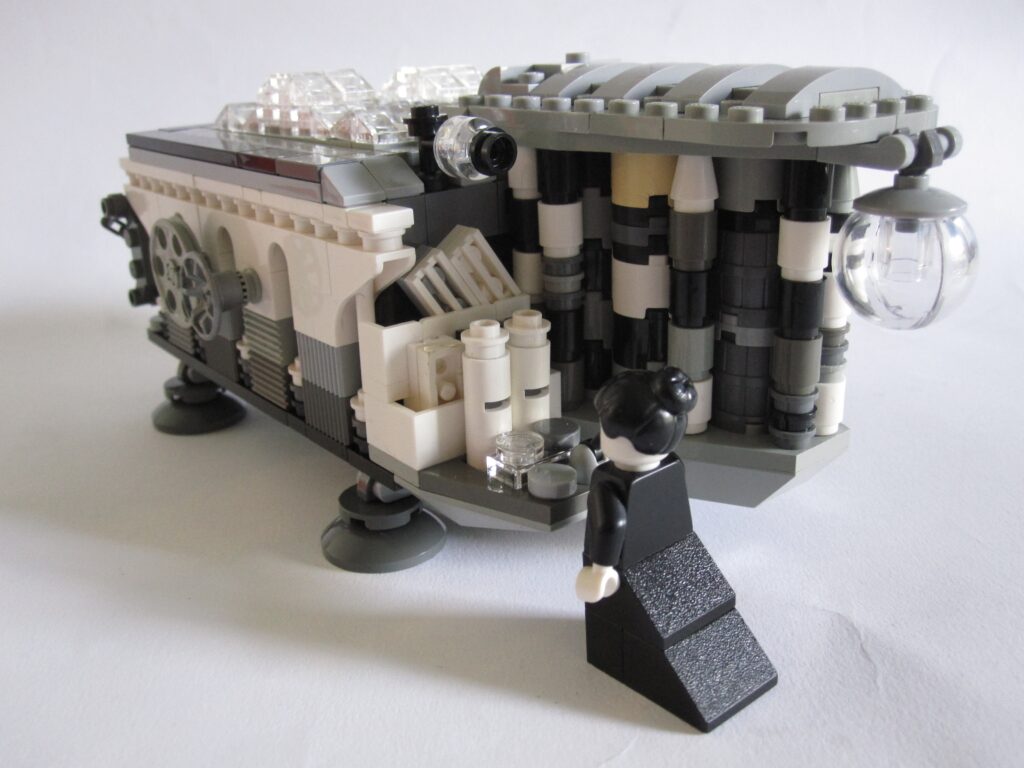
In May 2015, I designed and launched a LEGO® Ideas model to celebrate the first published computer programmer Ada Lovelace and the first mechanical computer named the Analytical Engine.
This short time-lapse video of me building a mosaic portrait was used effectively as a promotional asset for social media and the physical model was displayed at in-person events and exhibitions including National Museums Scotland (NMS).
The project received over two million views and provided me with some amazing experiences, including a feature in DIE ZEIT, the most widely read German weekly newspaper. And on 10th December 2015, the 200th anniversary of Ada’s birth, I presented a short paper at the University of Oxford’s official Ada Lovelace Symposium.
Since 2015, Lego Ada has featured many times within the University of Edinburgh to promote our annual Ada Lovelace Day activities. One memorable event was my Lego Raspberry Pi enclosure workshop, open to the public, builders of all ages created fun cases to protect their small single-board computers (SBCs).
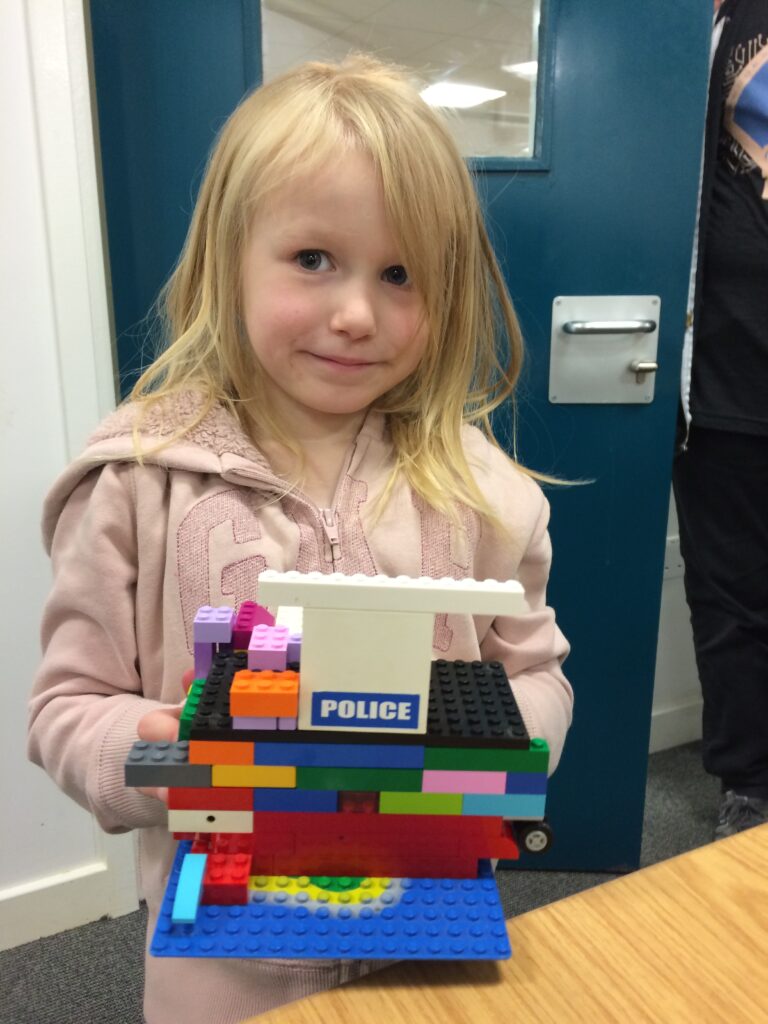
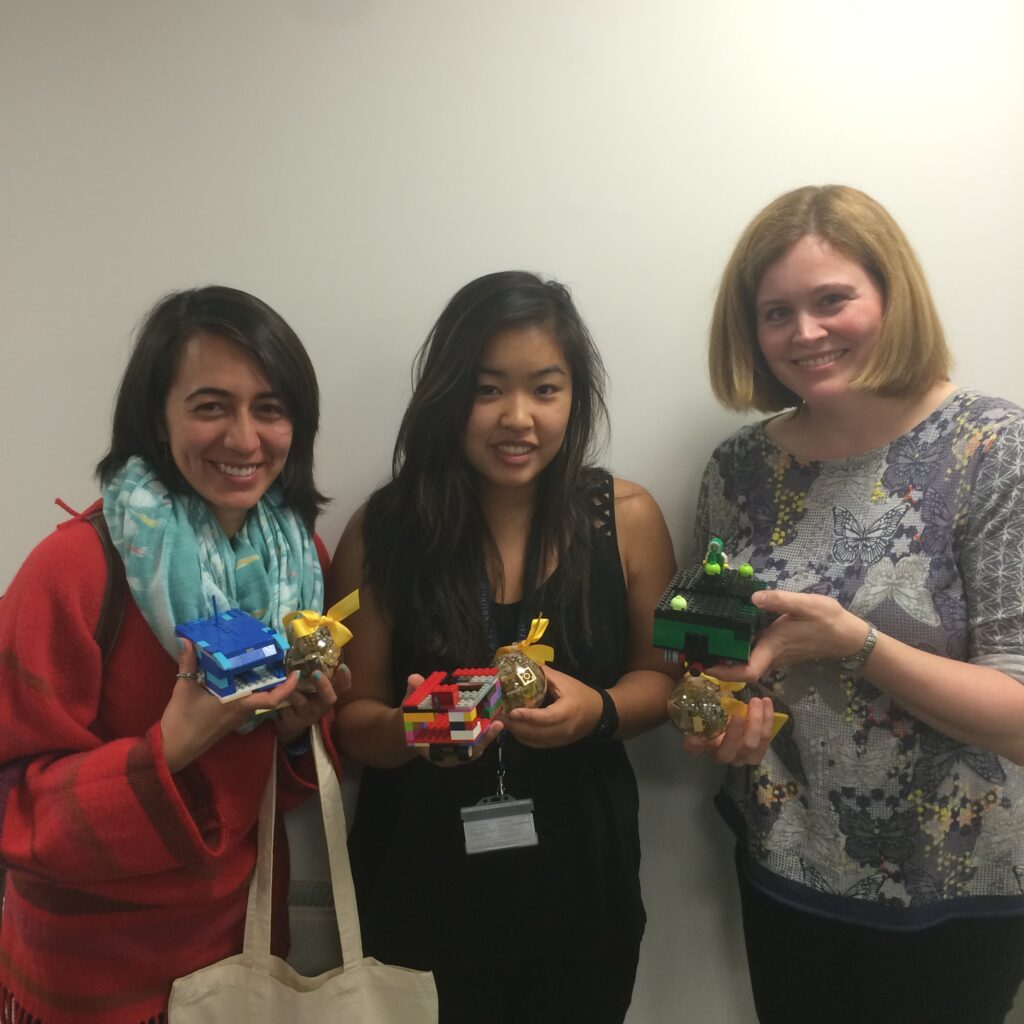
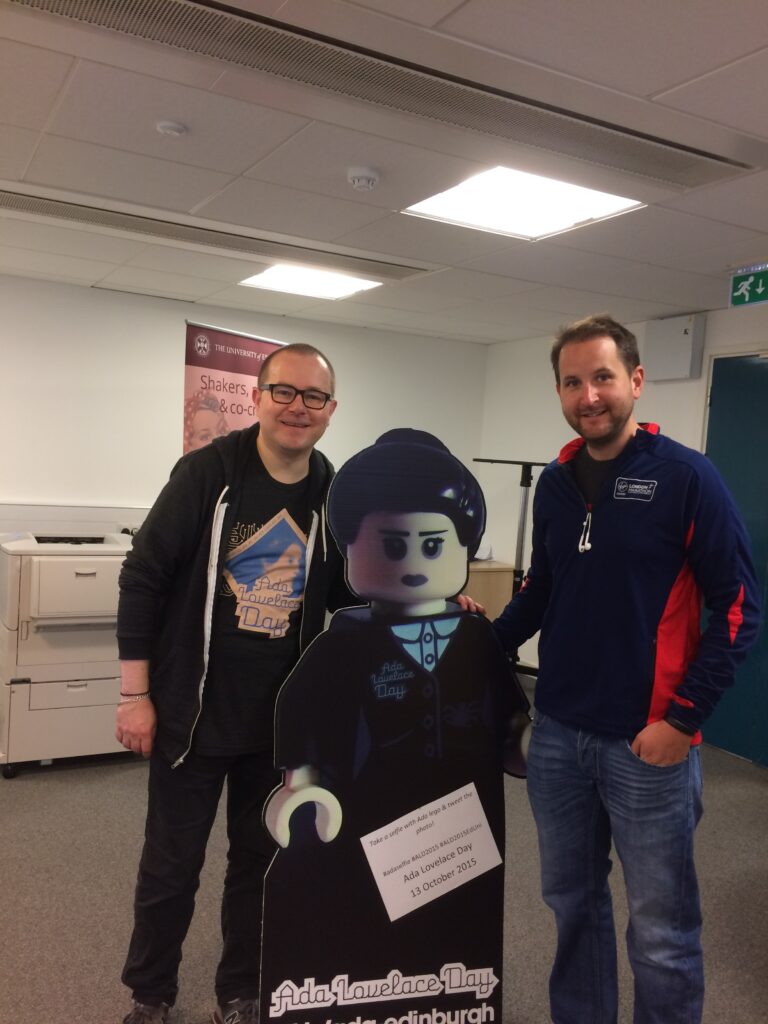
Ada Lovelace Wikipedia article
LEGO Lovelace: Building a modern icon (2017 Ada Lovelace blog post)
Ada Lovelace Day at The University of Edinburgh
Family matters
Drag the green slider horizontally to reveal how my dad looks as a Lego mosaic.
Last summer I designed a mystery Lego mosaic for my mum to assemble. I ordered all the required elements online and printed off the step-by-step instructions.
It was only towards the end of the build process she realised it was actually her favourite photo of my beloved dad.
This beautiful photo was taken by my mum on their holiday to Land’s End, Cornwall in 2004.
We miss him every day, but he now smiles at us every time we come in the front door.
Love, Stewart x
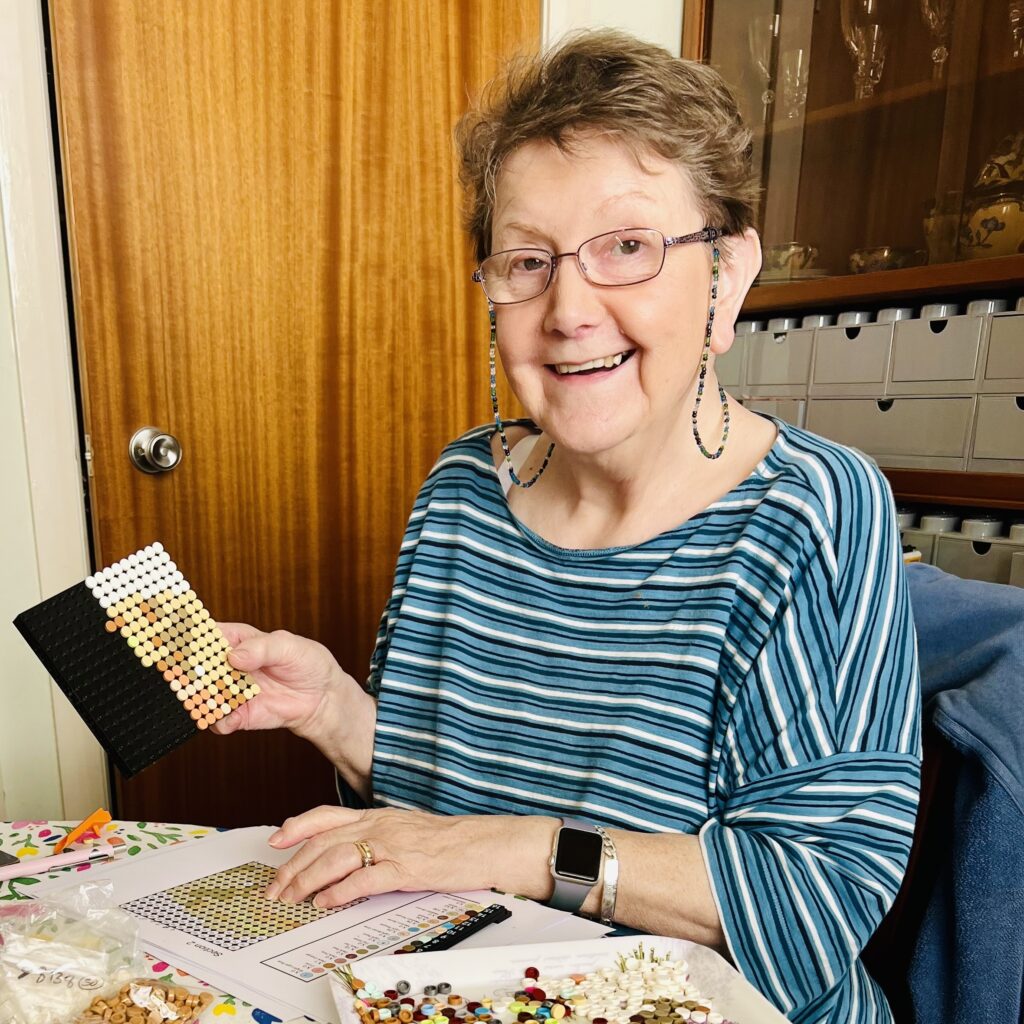
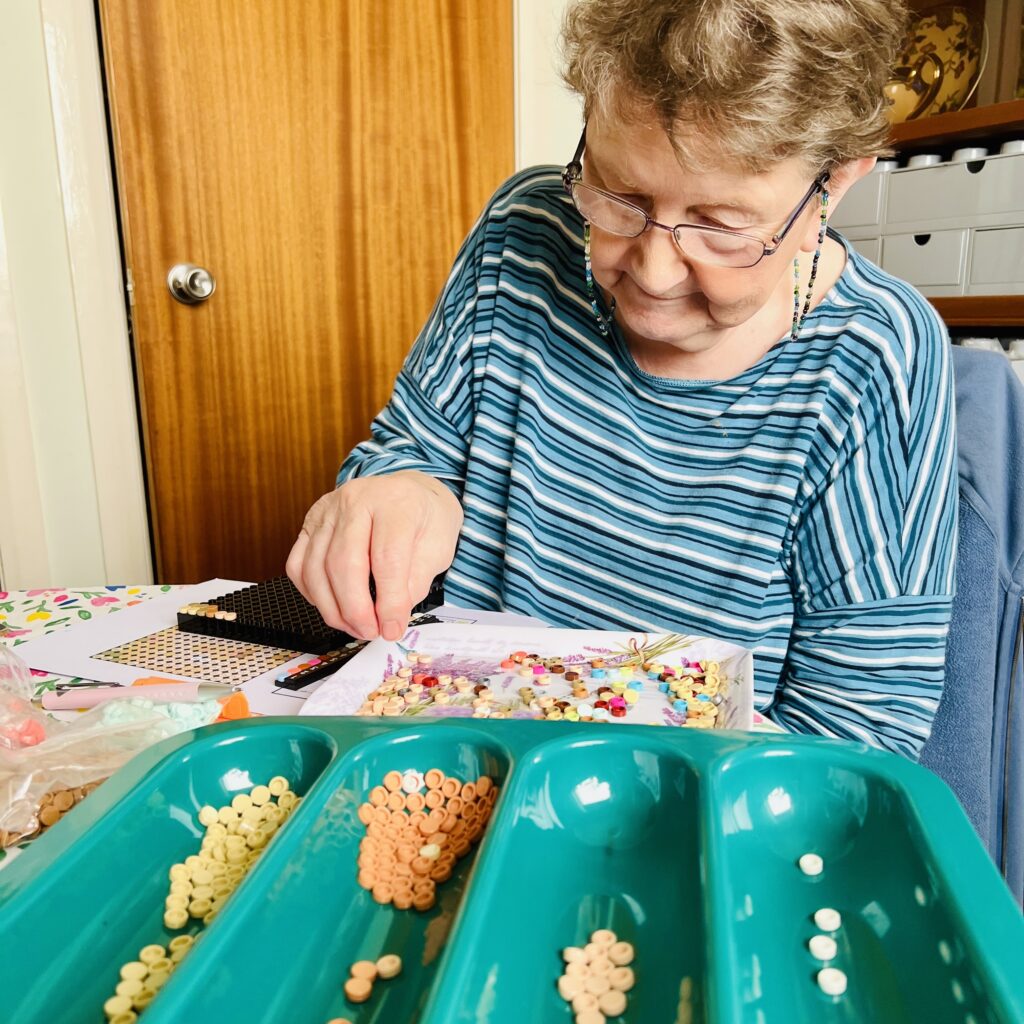
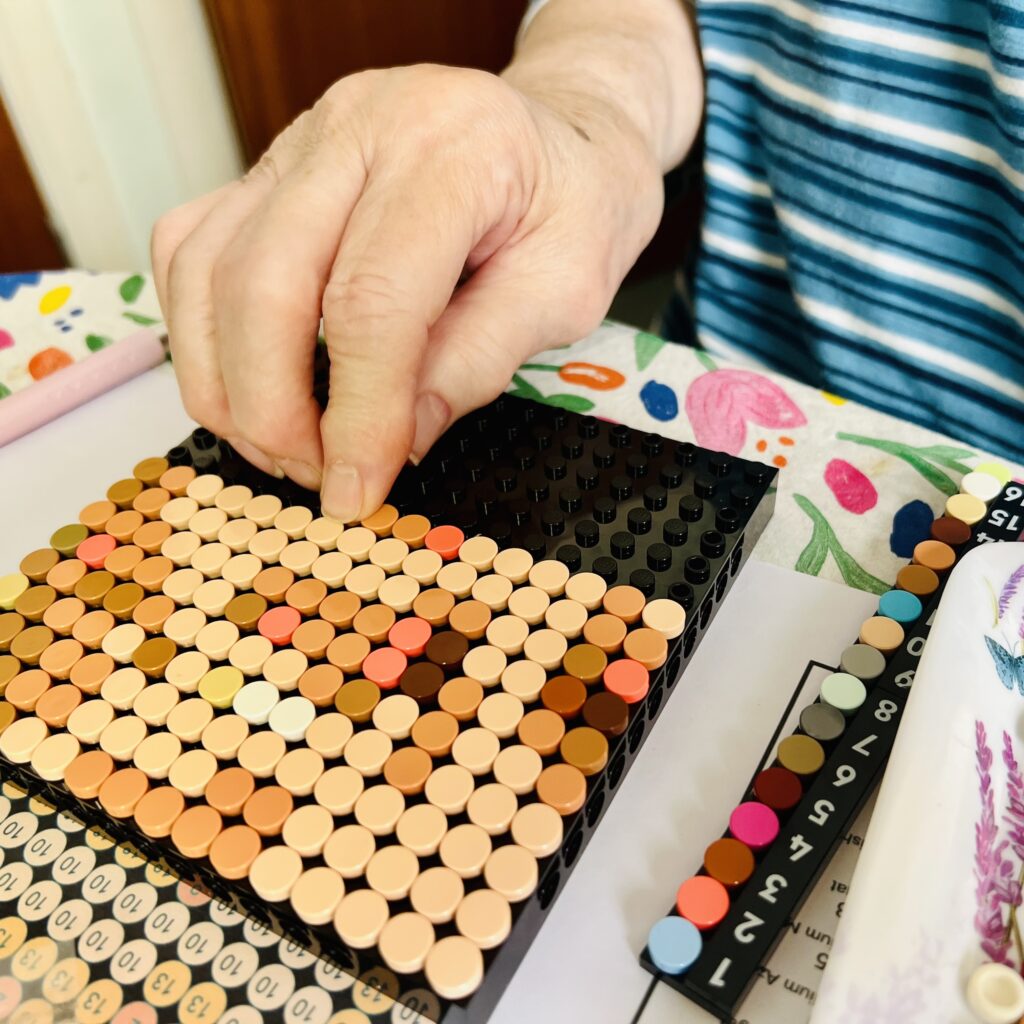
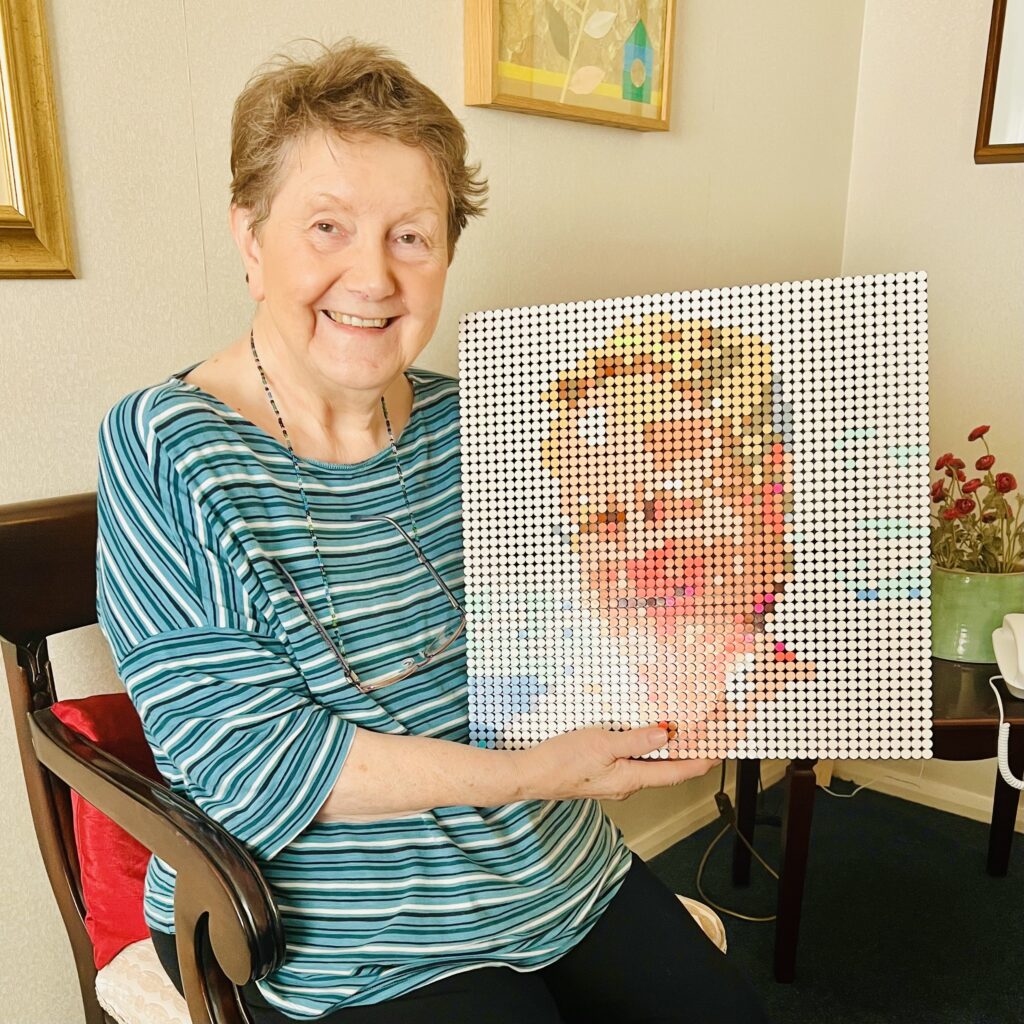
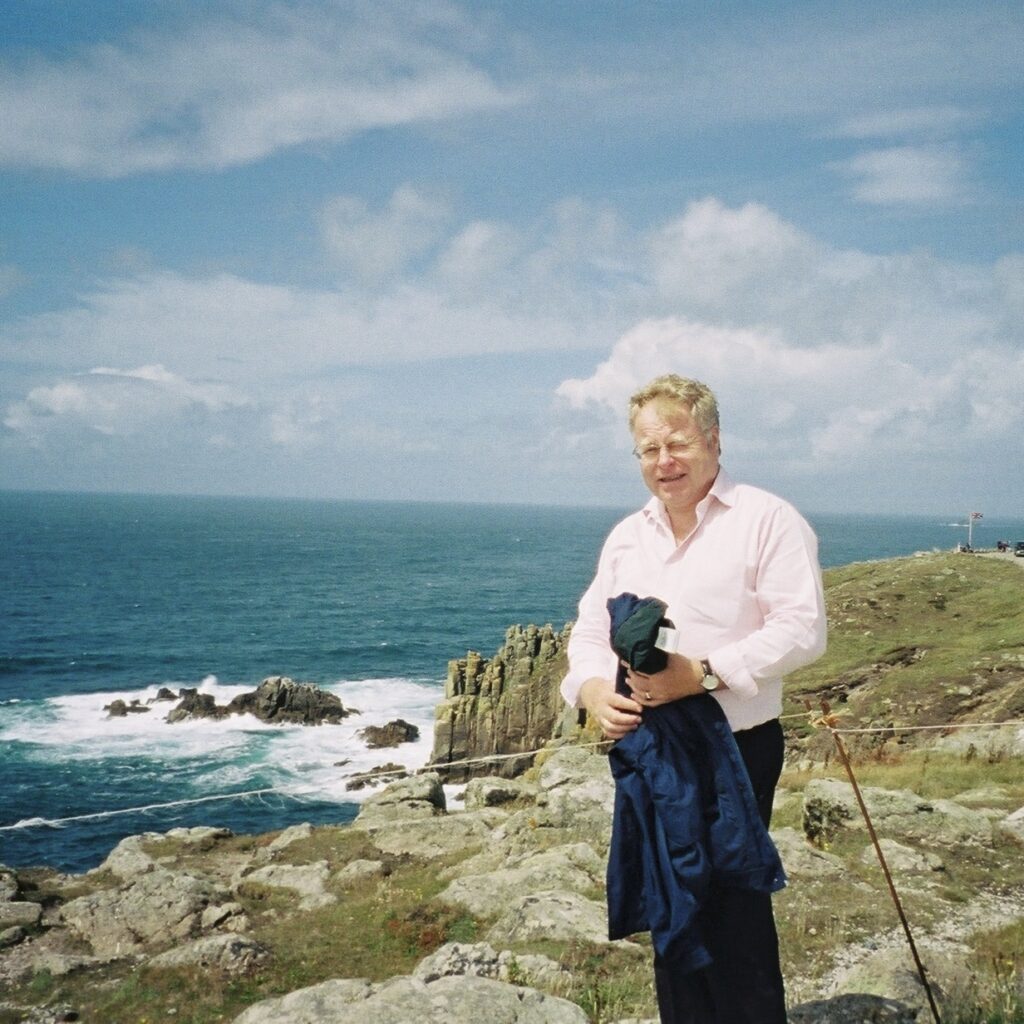
Copyright and licence
Attribution (text, photos & videos)
Blog text

‘How to Design a Brick Mosaic’ blog article (text only) is copyright © Stewart Lamb Cromar 2024. CC BY-SA (Creative Commons Attribution-ShareAlike 4.0 International License).
Blog banner & ‘Family matters’ images

‘Family matters’ photographs are copyright © Stewart Lamb Cromar 2024. CC BY-NC-SA (Creative Commons Attribution-NonCommercial-ShareAlike 4.0 International License).
Other assets
- ‘Floral Art’ photographs are copyright ©2024 The LEGO Group. All rights reserved.
- ‘Dagny Holm portrait’ is copyright © Stewart Lamb Cromar 2022. CC BY-SA (Creative Commons Attribution-ShareAlike 2.0 International License).
- ‘Lego Ada Lovelace’ video and photograph are copyright © Stewart Lamb Cromar 2015. CC BY-NC-SA (Creative Commons Attribution-NonCommercial-ShareAlike 4.0 International License).
